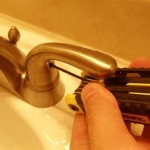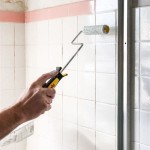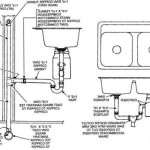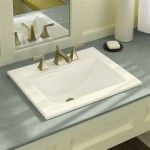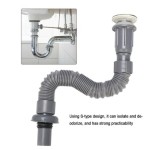Essential Aspects of Bathroom Sink Drain Washers: A Comprehensive Guide
Bathroom sink drain washers play a crucial role in ensuring the smooth operation of your sink. These small, yet vital components are responsible for preventing leaks and ensuring a secure seal between the drain and the sink. In this comprehensive guide, we'll delve into the essential aspects of bathroom sink drain washers, exploring their types, functions, and best practices for maintenance.
Types of Bathroom Sink Drain Washers
There are two primary types of bathroom sink drain washers:
- Rubber Washers: Most common in older sinks, rubber washers are made of a pliable material that forms a tight seal against the drain. They are easy to install but tend to wear out over time, requiring regular replacement.
- Neoprene Washers: These washers are made of a durable synthetic rubber that is less prone to wear and tear. Neoprene washers offer a longer lifespan than rubber washers and can withstand higher temperatures.
Functions of Bathroom Sink Drain Washers
Bathroom sink drain washers serve several essential functions:
- Prevent Leaks: The primary function of drain washers is to prevent water leakage. They create a watertight seal between the drain and the sink, ensuring that water flows down the drain without escaping outside.
- Absorb Vibration: Drain washers act as cushions, absorbing vibrations caused by water flow. This helps reduce noise and prevents the sink from rattling when water is running.
- Facilitate Drain Assembly: Drain washers help hold the drain assembly securely in place. They provide a tight fit between the drain and the sink, ensuring a stable and functional drainage system.
Best Practices for Maintenance
To ensure optimal performance and prevent problems, follow these best practices for maintaining bathroom sink drain washers:
- Inspect Regularly: Check drain washers periodically for signs of wear or damage. Replace any worn or cracked washers promptly to prevent leaks.
- Clean Regularly: Debris and mineral buildup can accumulate on drain washers, affecting their performance. Clean washers regularly using a disinfectant or vinegar solution to remove buildup.
- Lubricate: Occasionally apply a lubricant such as petroleum jelly or silicone grease to the washer to improve its flexibility and prevent sticking.
- Replace Periodically: Even with proper maintenance, drain washers will eventually need to be replaced. As a general guideline, replace rubber washers annually and neoprene washers every two to three years.
Conclusion
Bathroom sink drain washers may seem like small components, but they play a significant role in the proper functioning of your sink. By understanding the types, functions, and maintenance practices of drain washers, you can ensure a leak-free and well-functioning sink for years to come. Regular inspection, cleaning, and replacement will help prevent leaks, reduce noise, and ensure the longevity of your drainage system.

Everbilt 2 In Rubber Bathroom Pop Up Drain Washer Black 866100 The Home Depot

Parts Of A Sink The Home Depot

Drain Top Washer And Nut Set For 1930 S Through 1950 Standard Lavatory Sinks Dea Bathroom Machineries

How To Fix Or Replace A Leaky Sink Trap Hometips

Pin On Pte Marian

Leyso 1 4 Stainless Steel Sink Drain Tailpiece With Nut And Washer 1234buy Com

Installing A New Bathroom Sink
How To Install Bathroom Sink Drain Queen Bee Of Honey Dos

Grid Strainer Bathroom Sink Drains

Oatey 1 4 In Sink Drain Pipe Rubber Slip Joint Washer 2 Pack Hdc7196c The Home Depot
Related Posts
